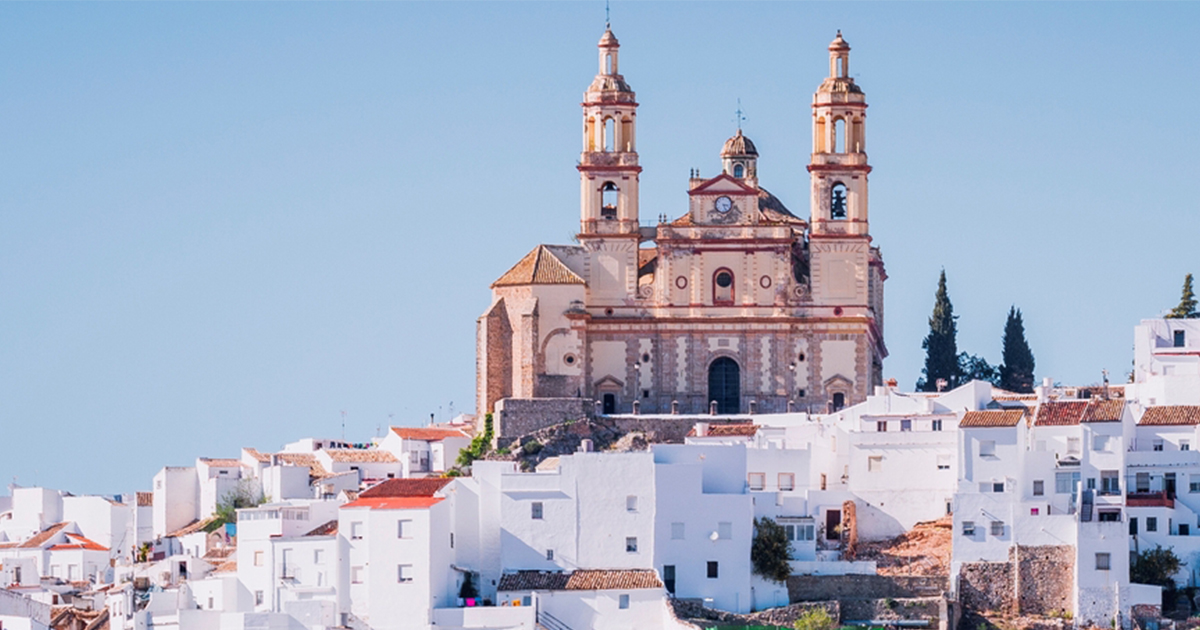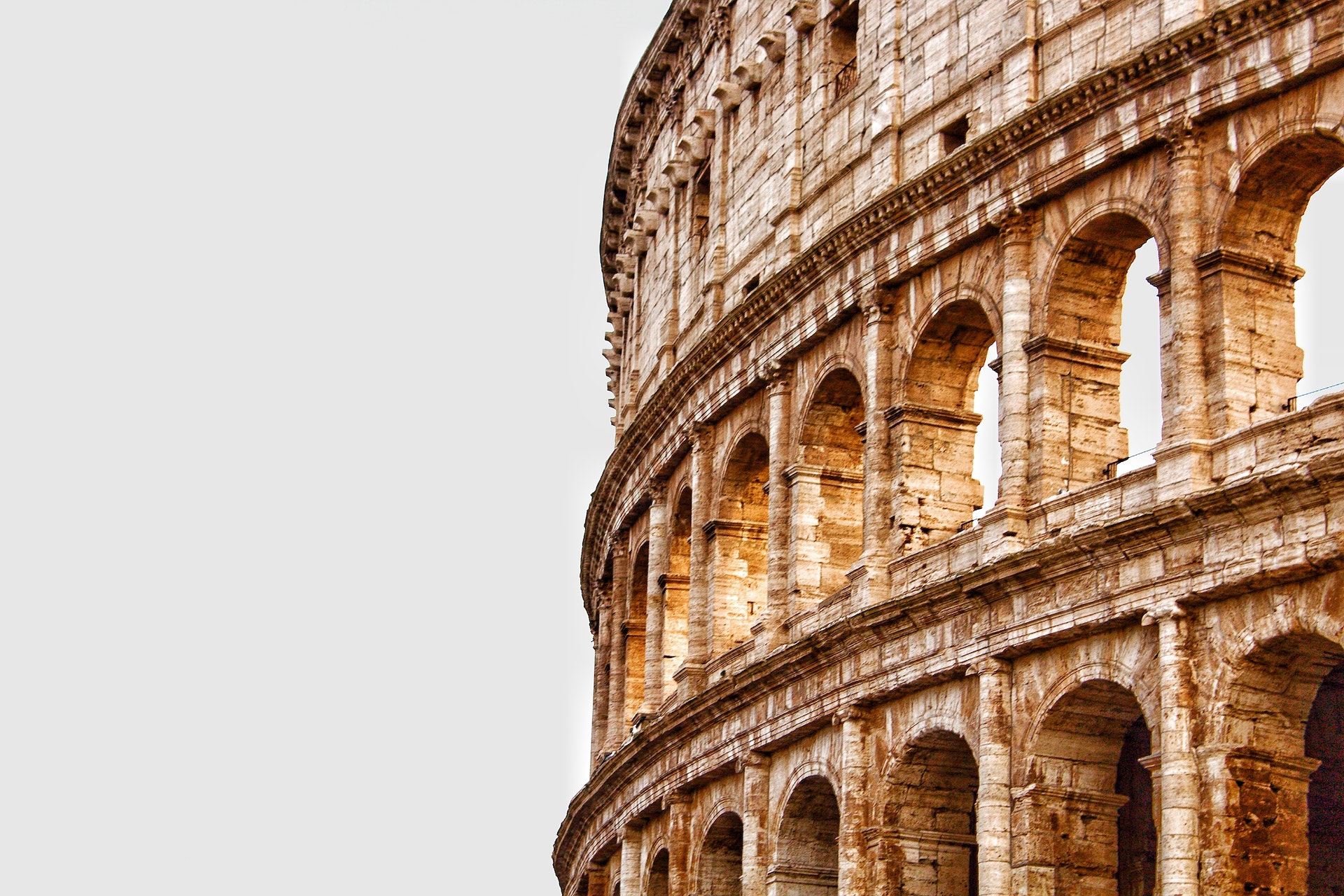Ancient Secrets Revealed
The world is full of old cities, but there's a reason that some continue to captivate the imaginations of travelers more than others. From the obvious legendary haunts to some you might not expect, join us as we uncover the incredible stories behind some of the world's greatest historic destinations.
Chester, England
Beginning as a Roman fort in 79 AD, Chester is the best-preserved walled city in England. The medieval walls, which are nearly complete, form a two-mile perimeter around the historic center. Other remnants from the Roman era include Britain’s largest amphitheater and the Roman gardens.
 Photoglob Zürich, Wikimedia Commons
Photoglob Zürich, Wikimedia Commons
Chester, England
Beyond its Roman heritage, Chester attracts travelers for its 12th-century Agricola Tower, which is part of the historic Chester Castle. The castle was founded by William the Conqueror in 1070. The city is also known for the 1,000-year-old Chester Cathedral, and the Rows, unique two-level galleried arcades dating back 700 years.
 Thomas Pennant, Wikimedia Commons
Thomas Pennant, Wikimedia Commons
Luxor, Egypt
Formerly known as Thebes, this was one of the most powerful cities in ancient Egypt. Today, it is known as Luxor, and the Nile River still flows alongside breathtaking temple complexes that are a testament to ancient grandeur.
Luxor, Egypt
Luxor's most famous landmarks include the Luxor Temple and the Great Temple of Amun at Karnak. The latter is the second-largest religious building ever constructed and was dedicated to Amun, the patron deity of Thebes. Unlike other temples, the Luxor Temple was not dedicated to a deity but to the Egyptian pharaohs. It is believed to have been the site where many of them were crowned.
 René Hourdry, CC BY-SA 4.0, Wikimedia Commons
René Hourdry, CC BY-SA 4.0, Wikimedia Commons
Xi'an, China
Xi'an, one of China’s oldest cities and the capital of Shaanxi Province, is famous for being the home of the Terracotta Army of Emperor Qin Shi Huang. This life-like army, which was buried for over 2,000 years, is now housed in a museum built around the excavation site.
 Unknown Author, Wikimedia Commons
Unknown Author, Wikimedia Commons
Xi'an, China
Xi'an is also one of China’s Four Great Ancient Capitals, which have made history for being the starting point of the Silk Road. You'll also find many historic monuments in the city, including the Giant Wild Goose Pagoda, which is over 1,000 years old.
 Yoshinobu Minamoto, CC BY-SA 4.0, Wikimedia Commons
Yoshinobu Minamoto, CC BY-SA 4.0, Wikimedia Commons
Quito, Ecuador
Quito, one of South America's most historic cities, is where you'll find remnants of pre- and post-Colombian history. Founded in 980 AD by the Quitu tribe and colonized by the Spanish in 1534, the city's historic center is one of the largest and best-preserved in the Americas.
 Ranoutofusername, Wikimedia Commons
Ranoutofusername, Wikimedia Commons
Quito, Ecuador
The city center is home to 130 monumental buildings and 5,000 heritage properties, including the Basílica del Voto Nacional, the largest neo-Gothic building in South America, and the Carondelet Palace, built around 1570. The medieval Church of San Francisco is the largest historic architectural complex in Latin America.
 Michael Shade, Wikimedia Commons
Michael Shade, Wikimedia Commons
Hue, Vietnam
Hue, located in central Vietnam, was once an imperial capital, first to the Dang Trong Kingdom in the 18th century and then for the Nguyen Dynasty from 1802 to 1945. Hue's origins stretch back to the 4th century when it was part of the ancient Kingdom of Lâm Ap.
 Unknown Author, Wikimedia Commons
Unknown Author, Wikimedia Commons
Hue, Vietnam
Hue is famous for its Imperial City, a grand 19th-century citadel surrounded by a moat and stone walls, and home to palaces, shrines, the Emperor’s villa, and a replica of the Royal Theatre. The Imperial City also bears marks from 20th-century conflicts, including bullet holes from the Vietnam War.
 dronepicr, CC BY 2.0, Wikimedia Commons
dronepicr, CC BY 2.0, Wikimedia Commons
Istanbul, Turkey
Istanbul, known in the history books as Byzantium and Constantinople, has served as an imperial city for nearly 16 centuries. Founded around 660 BC, Istanbul has always been a political and cultural hub, bridging Asia and Europe.
Istanbul, Turkey
The city is home to many historic landmarks, but the Hagia Sophia remains one of the most beloved by locals and tourists alike. Built in 537 AD, it was the world’s largest building at the time. Before being converted into a museum in 1935, it served as an Eastern Orthodox cathedral, a Roman Catholic cathedral, and an Ottoman imperial mosque.
Athens, Greece
Athens, the birthplace of modern democracy, is a prime destination for history lovers. Many tourists are particularly fond of the ancient theaters like the Herodion Theatre, built in AD 161, and the world’s first theater, the Theatre of Dionysus.
Athens, Greece
The Acropolis, a rocky hill that has overlooked Athens since the 5th century BC, houses iconic buildings such as the Parthenon, built between 447 and 438 BC and dedicated to Athena Parthenos, the city’s patron. The sculptures of the Acropolis are preserved in the Acropolis Museum.
Cusco, Peru
Cusco, the former capital of the Inca Empire, is where you'll find colonial architecture built atop Inca foundations. The city was a major center long before Europeans got there and it remains a cherished historical site.
 Martin St-Amant (S23678), CC BY 3.0, Wikimedia Commons
Martin St-Amant (S23678), CC BY 3.0, Wikimedia Commons
Cusco, Peru
Inca structures stand alongside colonial mansions and Catholic churches, but it's the nearby Machu Picchu that is the biggest draw for tourists. Machu Picchu was once an Inca citadel, founded in the 15th century and rediscovered in 1911.
Québec City, Canada
Founded in 1608, Québec City is the oldest city in Canada and the oldest French-speaking city in the Americas. Achieving further reknown for being the only fortified walled city north of Mexico, its historic landmarks include the Citadelle de Québec and the gates connecting Old Québec with newer areas.
Québec City, Canada
One of the city’s most historic and picturesque streets, Rue du Petit-Champlain, is now a pedestrian boulevard lined with boutique shops and family-owned restaurants. Named after Samuel de Champlain, the city’s founder, it offers a charming glimpse into Québec's past.
 Wilfredo Rafael Rodriguez Hernandez, CC BY-SA 4.0, Wikimedia Commons
Wilfredo Rafael Rodriguez Hernandez, CC BY-SA 4.0, Wikimedia Commons
Kyoto, Japan
Kyoto is one of Japan's most historic cities, and was once the country’s ancient capital. It's become famous among travelers and history enthusiasts for its ornate temples, shrines, historic neighborhoods, and classical gardens, which exemplify Japan’s cultural heritage.
 Jaycangel, CC BY-SA 3.0, Wikimedia Commons
Jaycangel, CC BY-SA 3.0, Wikimedia Commons
Kyoto, Japan
Notable landmarks include the 11th-century Byodo-In Temple, the 1,300-year-old Fushimi Inari Taisha shrine, and the famous Kinkakuji Temple in the Golden Pavilion. The Pavilion was originally a villa before it was transformed into a temple complex in 1397 and rebuilt in 1955.
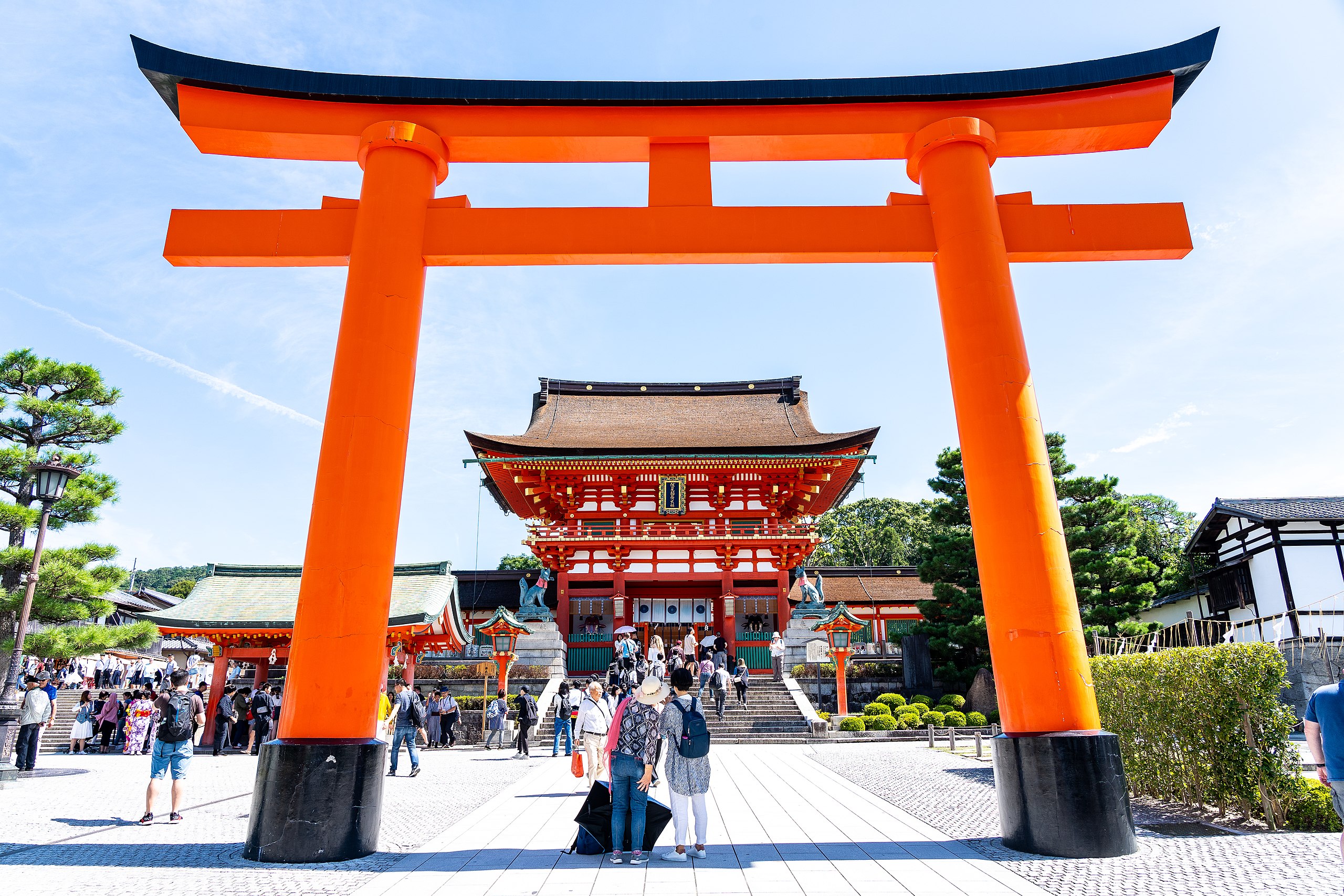 wongwt, CC BY-SA 2.0, Wikimedia Commons
wongwt, CC BY-SA 2.0, Wikimedia Commons
Rome, Italy
Renowned for being the capital of the ancient Roman Empire, Rome is a treasure trove of ancient artifacts. The Colosseum, an amazingly well-preserved amphitheater built in the 1st century, and the Palatine Hill, believed to be where Romulus and Remus were raised, are two of the world's most iconic historic sites.
Varanasi, India
Varanasi, on the banks of the Ganges River, is the spiritual capital of India. According to Hindu mythology, it was founded by the deity Shiva. It is also where the Buddha is believed to have started Buddhism, around 528 BC.
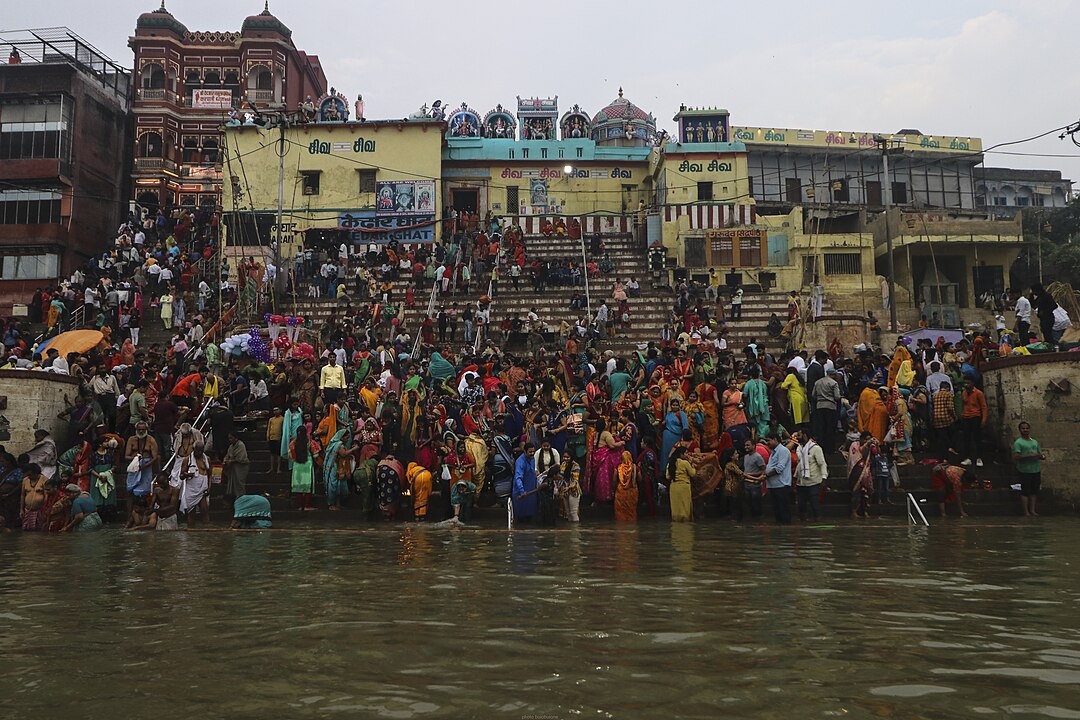 Buiobuione, CC BY-SA 4.0, Wikimedia Commons
Buiobuione, CC BY-SA 4.0, Wikimedia Commons
Varanasi, India
Each year, the city attracts more than a million pilgrims to its approximately 2,000 temples and the sacred ghats (stone embankments for performing rituals). The Dashashwamedh Ghat, believed to have been built by Brahma to welcome Shiva, is probably the oldest ghat.
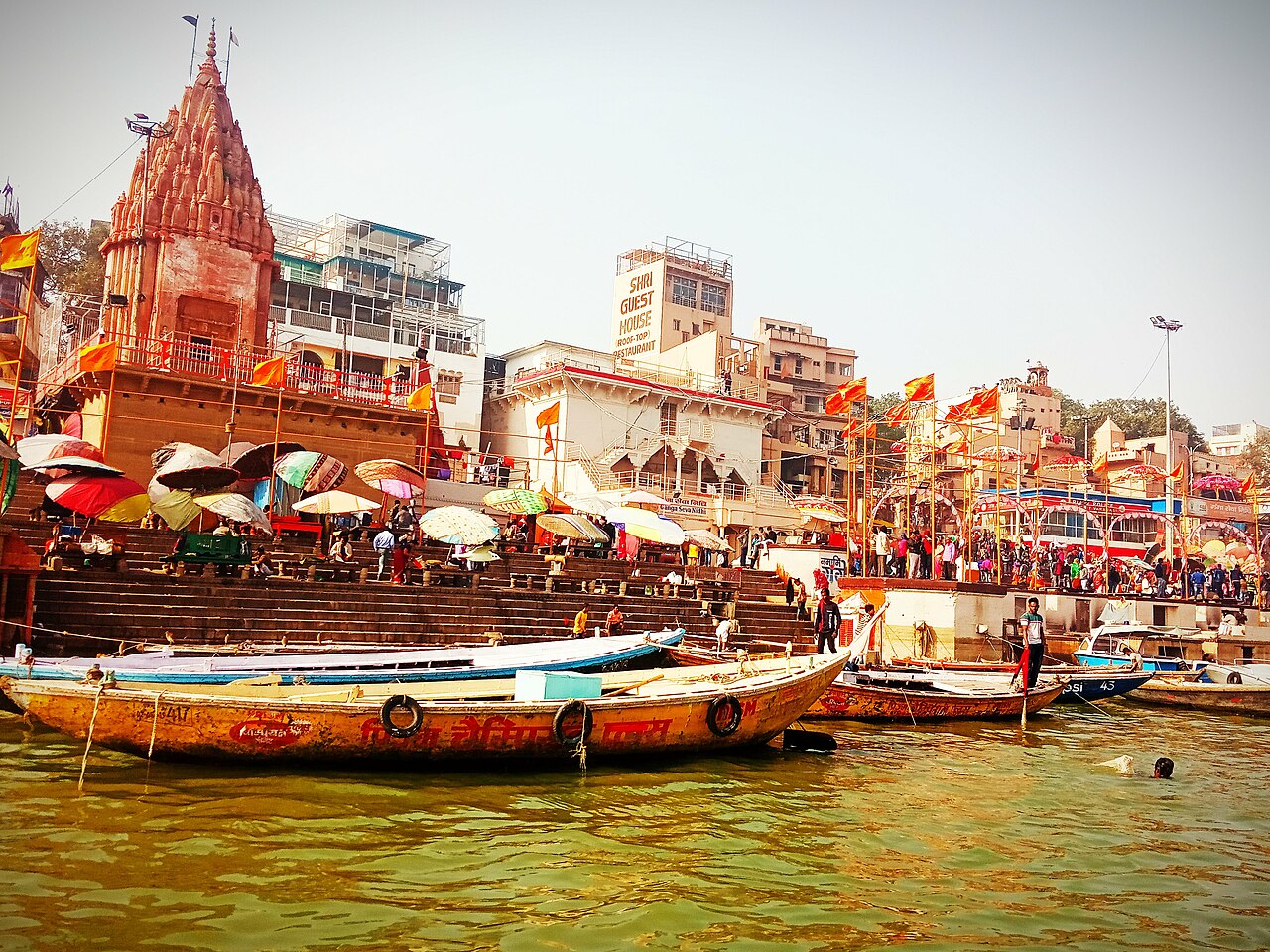 Sulagna Halder, CC BY-SA 4.0, Wikimedia Commons
Sulagna Halder, CC BY-SA 4.0, Wikimedia Commons
Rome, Italy
Next to the Colosseum lies the Roman Forum, which was once the center of ancient Rome’s public and political life. The complex includes temples, squares, and arches, including the Arch of Septimius Severus, which was dedicated to victories against the Parthian Empire in the 2nd century AD.
 J. Miers, CC BY-SA 1.0, Wikimedia Commons
J. Miers, CC BY-SA 1.0, Wikimedia Commons
Philadelphia, USA
Philadelphia, known as the birthplace of the United States of America, is home to historic landmarks like Independence Hall, where the Declaration of Independence and the Constitution were signed, and the Liberty Bell.
 William Zhang, CC BY 2.0 , Wikimedia Commons
William Zhang, CC BY 2.0 , Wikimedia Commons
Philadelphia, USA
The city is also where you'll find the oldest residential street in America, Elfreth's Alley, a cobblestone street with houses dating back to 1755. The street is home to a museum that offers a glimpse into 18th-century Philadelphia life.
 Adam Jones, CC BY-SA 2.0, Wikimedia Commons
Adam Jones, CC BY-SA 2.0, Wikimedia Commons
St. Augustine, USA
St. Augustine was founded in 1565 by Spanish explorers, and is the oldest continuously inhabited European settlement in the continental United States. The Historic District's buildings date back to the 1700s and remain the heart of the city.
St. Augustine, USA
The Castillo de San Marcos, a 17th-century Spanish fort, stands tall on the western shore of Matanzas Bay and represents over 340 years of history. Completed in 1695, it is the oldest masonry fort in the continental United States and a national monument.
Cádiz, Spain
Cádiz, one of Europe’s oldest cities, has archaeological finds dating back to the 8th century BC. The city’s streets reflect its ancient origins, from the Phoenicians to the Moors, whose architectural influences remain visible today.
Cádiz, Spain
The narrow lanes of Old City contrast with the wide avenues of newer areas, blending modern buildings with historic, often worn, structures. Cádiz's rich history and picturesque setting make it a unique destination for tourists and history lovers, like all the ancient wonders on this list.
 Emilio J. Rodríguez Posada, CC BY-SA 3.0, Wikimedia Commons
Emilio J. Rodríguez Posada, CC BY-SA 3.0, Wikimedia Commons

